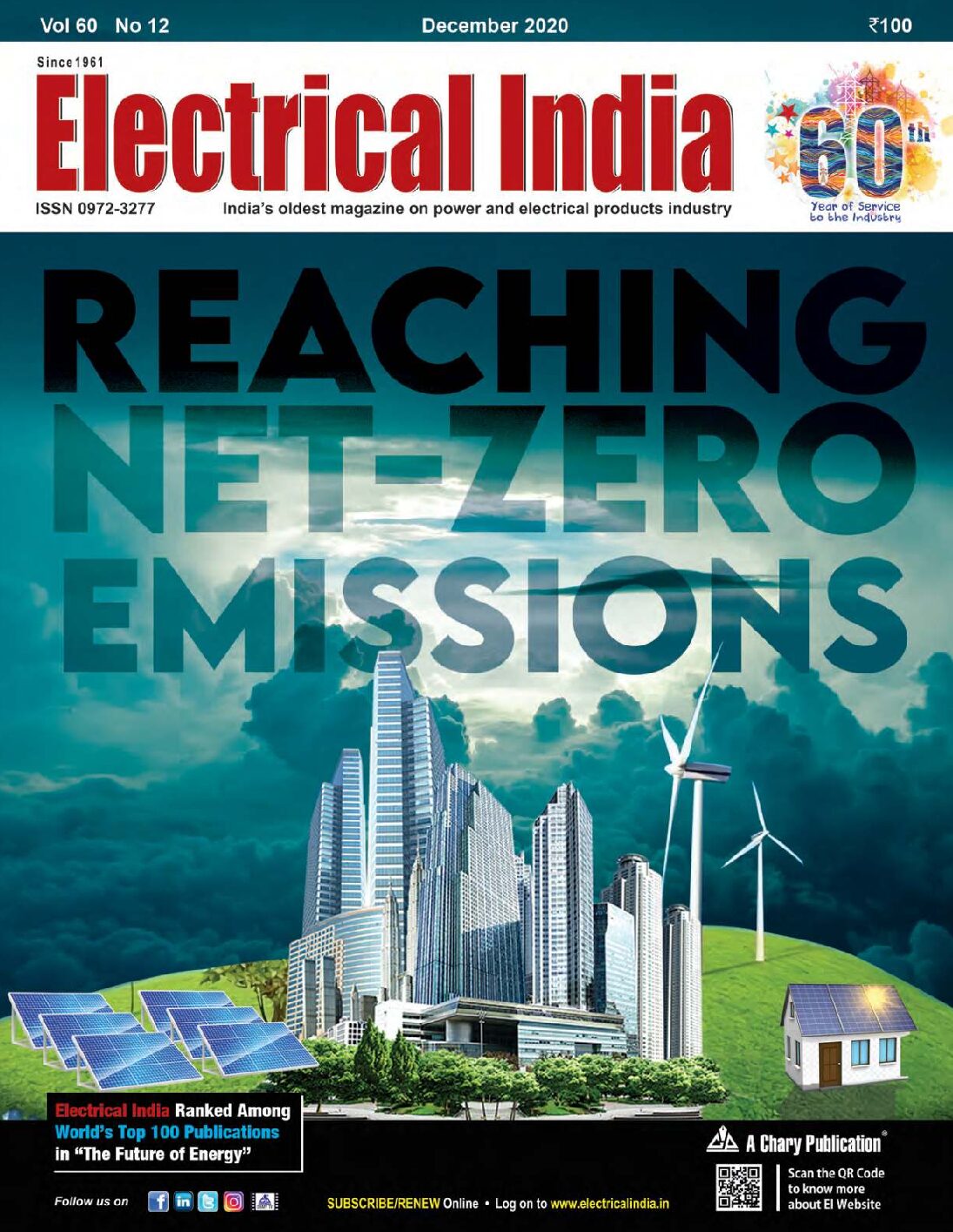
If somebody is caught in open field area and one or more of the above mentioned warning signs are observed lightning strike is imminent within a few seconds. One should sit in crouched position as shown in the figure. Squatting down on the balls of the feet with knees bent and body hunched over bend down low. Also, cover both ears with both hands.

Get as low as you can. The nearer you are to the ground, the less likely you are to be struck by lightning. But never lie down. Place hands over ears to minimize hearing loss from the loud clap of thunder that will boom very close to you. The only thing touching the ground should be the balls of your feet. Lightning can hit the ground first, and then enter your body. The more you minimize your contact with the ground, the less chance of electricity entering your body. Don’t touch any electrical conductors.
Dos and don’ts during lightning storm
- Respond to lightning storm alerts given by IMD.
- Postpone outdoor activities to the extent possible.
- Avoid getting under isolated trees and stay as far away as possible from metal poles and metal fencings.
- Avoid gathering together.

Majority of agricultural farm lands are flat without any trees or metal poles. People working in such fields are prone for direct lightning strikes during storms as electricity takes least resistance path through body of the person.

People moving in golf courses are more likely hit by lightning during thunder storms. USA recorded more fatalities on golf courses.
Bullock carts on village farm roads where tall trees and metal poles are not present are most vulnerable for lightning strikes as they become tallest objects in the vicinity.

Ungrounded metal structures like the one shown in the figure cannot give protection during lightning strikes. Here only roof is metal. It is fixed on a wooden structure. Lightning strikes the metal frame first and then jumps to ground through any tall object nearby.

Open top tractors shown in the figure won’t offer safety shelter for the people working in agricultural fields during lightning storms. Instead they attract lightning and give rise to ground currents.

A car is an ideal shelter during thunder storm. The metal body of the car acts like a shield for lightning strikes. Lightning after striking the metal body jumps to ground.

Lightning protection system
Metal (mostly copper) rod is fixed to roof of the house. The tip of this metal rod becomes the tallest point of the house. It is attached to a thick (about 5mm) metal strap laid up to ground and is physically connected to earthing rod of length 1.5 metres, which is buried in earth pit as shown in the figure 19. This protection system is for a small dwelling.

For large highrise multi storied structures lightning protection system is elaborate – as shown in the figure 20. More number of lightning rods and earthing rods are provided. For high rise buildings there is possibility for lightning to strike from sides. Protection system is designed to cover even sides.

Smart phone apps developed by IITM and IMD
DAMINI app has been developed and made available to users by Indian Institute of Tropical Meteorology. The app monitors the lightning occurrence all over India and alerts the users about the possible lightning strikes in their locality by GPS notifications.
MEGHDOOT and MAUSAM are developed by IMD. MEGHDOOT is meant mainly for personnel engaged in agricultural acivity. MAUSAM prvides all current weather forecasts.
Conclusion
Utilising the latest technological developments taken in the field of meteorology, Indian meteorological department is resourceful enough now, in predicting location specific lightning strikes up to 3 hours ahead of time with 88% accuracy.
Lightning fatalities are not because of lack of warnings, but ignoring them not knowing the real dangers of lightning. Immediate action that is required to be taken to bring down lightning strike fatalities in India is to start awareness programmes like those being conducted in USA . They can be conducted in regional languages to reach maximum personnel engaged in agricultural activities. Posters depicting the hazards of lightning strikes and safety measures to be taken are to be displayed at public places like agricultural market yards, village community centres, schools, railway stations and bus stands. One or two sentence captions in regional language can be printed on these posters. Downloading and using procedure of the lightning alert mobile app DAMINI can be made available to those in need. Wide publicity can be given on the benefits of this app especially for those engaged in outdoor activities.
…concluded

Devanoori Bhanumurthy holds a B. E. degree in electrical engineering from Andhra University Engineering College. He is a Fellow Member of IETE. He has worked in many reputed organisations including Overseas Communications Service; Defence Ionospheric Research Station, DRDO unit in Jammu & Kashmir; Defence Electronics Research Laboratory; and Geological survey of India. Beside being an author of international repute, he is now engaged in R&D activities in Photovoltaic Powered Systems. He may be contacted through: ammaluelectronicshyd@gmail.com.














